By Jessica Graybill
Italy has historically produced extraordinary artistic talent. We all know about Michelangelo, Da Vinci, Rafael – the great Italian masters have all been discussed ad nauseam. It’s high time to discuss some contemporary artists; especially the myriad talented female artists – both past and present – that have largely gone unacknowledged. As a creative person working in a creative industry, I am constantly learning about emerging artists as well as lesser-known talents from the past, and I love to discuss art! Of course there are thousands of incredibly talented artists in the world so it goes without saying that this list is by no means exhaustive, and reflects my own personal preferences which are not necessarily held by the Italian Pottery Outlet or my fellow coworkers. I’ve intentionally left out the supremely talented Italian ceramicists with whom we do business, but since they are often featured in our blog and our website, I am sure they won’t mind! With no further ado, here we go:
- Artemisia Gentileschi – (b. 1593 Rome – d. 1656 Naples) – During a time that female painters were not readily accepted into the artistic community, Artemisia became the first woman to become a member of the Accademia di Arte del Disegno in Florence, and was the only woman to work with Caravaggio. She gained international recognition specializing in painting strong and suffering women from myths, allegories and the Bible. Her understanding of light and color is practically cinematic; her subject matter, brooding and powerful. Her depiction of Judith beheading Holofernes is a beautiful example of her mastery of her medium, but Gentileschi has a lot to appreciate. If you’re interested in stories of badass survivors, I implore you to learn more about her.
- Giovanna Garzoni – (b. 1600 Ascoli Piceno – d. 1670) – Giovanna began her painting career as many artists during the Baroque period did – by painting religious, mythological, and allegorical subject matter – but she became famous for her watercolor and tempera works of botanical subject matter and especially her still life paintings. Though details of her artistic training are unknown, she’s known for skilled precision and balance in regards to space, and the scientific realism of her subjects. In her personal life, she was notable for being one of the few women who opted to travel and further her education during the 17th century, rather than settling down and starting a family. She died at the ripe old age of 70 – no small feat in the 1600s! – likely because she elected to live a life free from the burden of men.
- Rabarama – (b. 1969 Rome) – Paola Epifani, under pseudonym Rabarama, creates surreal sculptures and paintings of the human form with highly decorated skin featuring symbols that explore metaphors about the human condition through various surface treatments. Her works have been exhibited in major art capitals around the world, including Paris, Florence, Miami, Cannes and Shanghai.
- Paola Pivi – (b. 1971 Milan) – Currently based in Anchorage, Alaska, this Italian-born multimedia artist utilizes a range of techniques to create whimsical sculpture installations. From planes to polar bears and taxidermy to textile, her spectacular body of work is easily appreciated by both art critics and the casual observer alike.
- Carla Accardi – (b. 1924 Trapani – d. 2014 Rome) – Accardi made her name as an abstract painter who was also a founding member of the Italian Avante-Garde group that formed in the years following the end of WW2. Ever the influential, she also co-founded a feminist group in 1970 called Rivolta Femminile with fellow activists Carla Lonzi and Elvira Banotti. Her most well-known works are brightly colored paintings of geometric, interlocking shapes and she had a long, illustrious career that inspired numerous creatives, including Paola Pivi.
- Pippa Bacca – (b. 1974 Italy – d. 2008 Turkey) – Bacca, a performance artist, was part of a peace movement known as “Brides on Tour”, in which she and fellow feminist artist Silvia Moro traveled from Milan wearing wedding dresses. They had planned to hitchhike through the Middle East on a pilgrimage to Jerusalem to carry a message of peace and trust; unfortunately, Bacca’s plans were compromised and her life cut short when she and Moro temporarily went their separate ways. Pippa disappeared on March 31, 2008; her body was discovered a few weeks later about 40 miles southeast of Istanbul. Moro has said that the performance piece was meant to overcome the differences of the various cultures they experienced. They believed that through meeting people and breaking bread with them, the similarities would overshadow their differences, thereby lowering the level of conflict in these recently war-torn countries. The finale of the performance would have been an exhibition in which the dresses were to be displayed along with mementos and photographs from the trip. Moro does not denounce the project, even in spite of the tragedy that occurred. She maintains that it serves to emphasize how much work there is to do to achieve peace.
- Bettina Werner – (b. 1965 Milan) – Born in Milan but currently working in New York City, Werner developed a technique in the early 1980s to colorize salt, and she has been exploring its crystallized texture ever since. Her paintings, sculptures, installations and functional pieces have been shown in galleries throughout Europe, Russia, and the United States. Salt has had intrinsic value throughout the history of humanity, but this new value as an artistic medium is her unique signature and discovery. Werner has effectively become The Queen of Salt.
- Paola Romano – (b. 1951 Rome) – Romano has enjoyed a varied career in sculpture and painting since studying at the Rome University of Fine Arts. Her most famous works are from her Lune series, which are round, flat substrates onto which many layers of texture and pigment are stratified. The final products are intricate “planets” that inspire otherworldly emotions.
- Margherita Pavesi Mazzoni – (b. 1930 Milan – d. 2010 Montepulciano) – From an early age, Mazzoni always found herself drawn to music and painting. Influenced by the visual art of the Expressionist era and an appreciation for prehistoric and African art, her paintings explore multiple different techniques (some more abstract than others) and themes; though the image of woman has always been a central figure.
- Simona Atzori – (b. 1974 Milan) – Born without arms, Simona quickly learned to use her feet to draw, write, paint and dance. At the age of 4, her talent was noticed by artist Mario Barzon, and in 1983, at the age of 9, she was awarded a scholarship from the Association of Mouth and Foot Painting Artists of the World (AMFPA), an organization in which she still is involved. Her paintings are remarkably detailed and representational, and have been exhibited the world over.
- Artemisia Gentileschi – Judith Beheading Holofernes
- Giovanna Garzoni – Still Life with Bowl of Citrons
- Rabarama – 1-First Ric-ostruzione
- Paola Pivi – Bears
- Carla Accardi – Untitled, 1988
- Pippa Bacca – Brides on Tour
- Bettina Werner – Tibino is Always Protecting Me from Heaven
- Paola Romano – Luna Viola
- Margherita Pavesi Mazzoni – Madonna col Bambino Madre della Chiesa
- Simona Atzori Meets the Pope



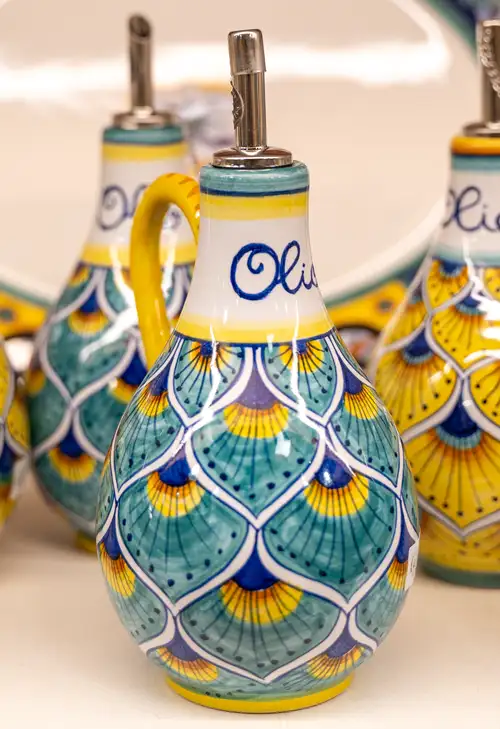
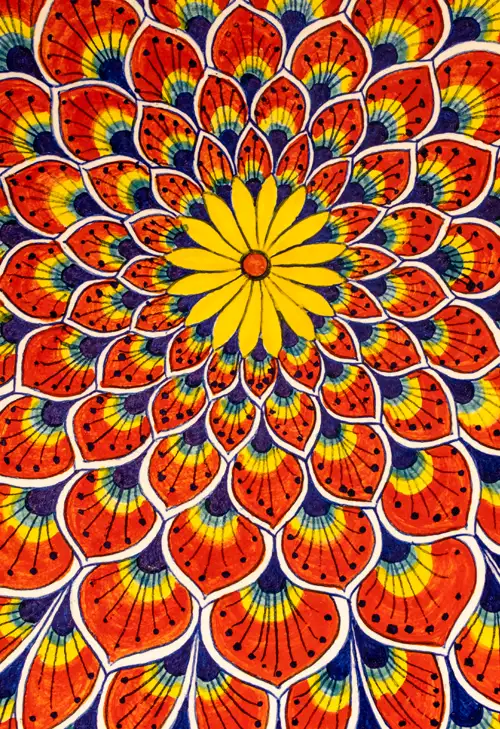

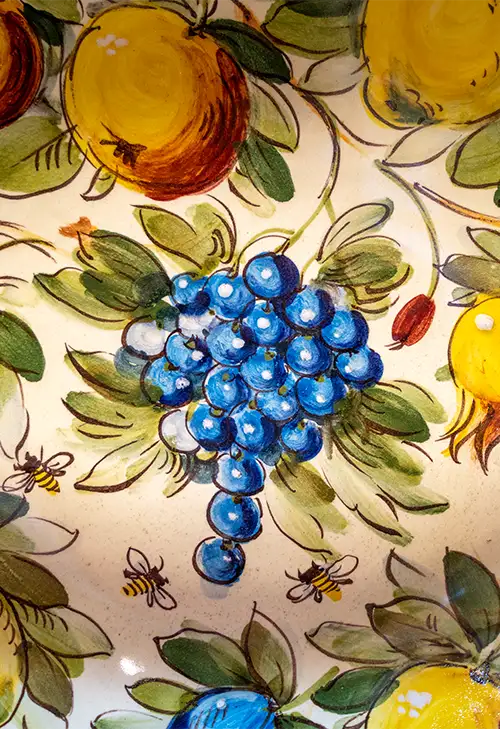
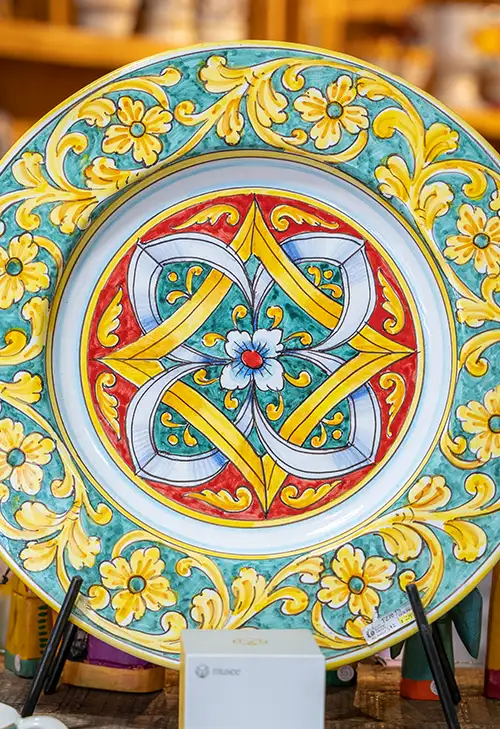




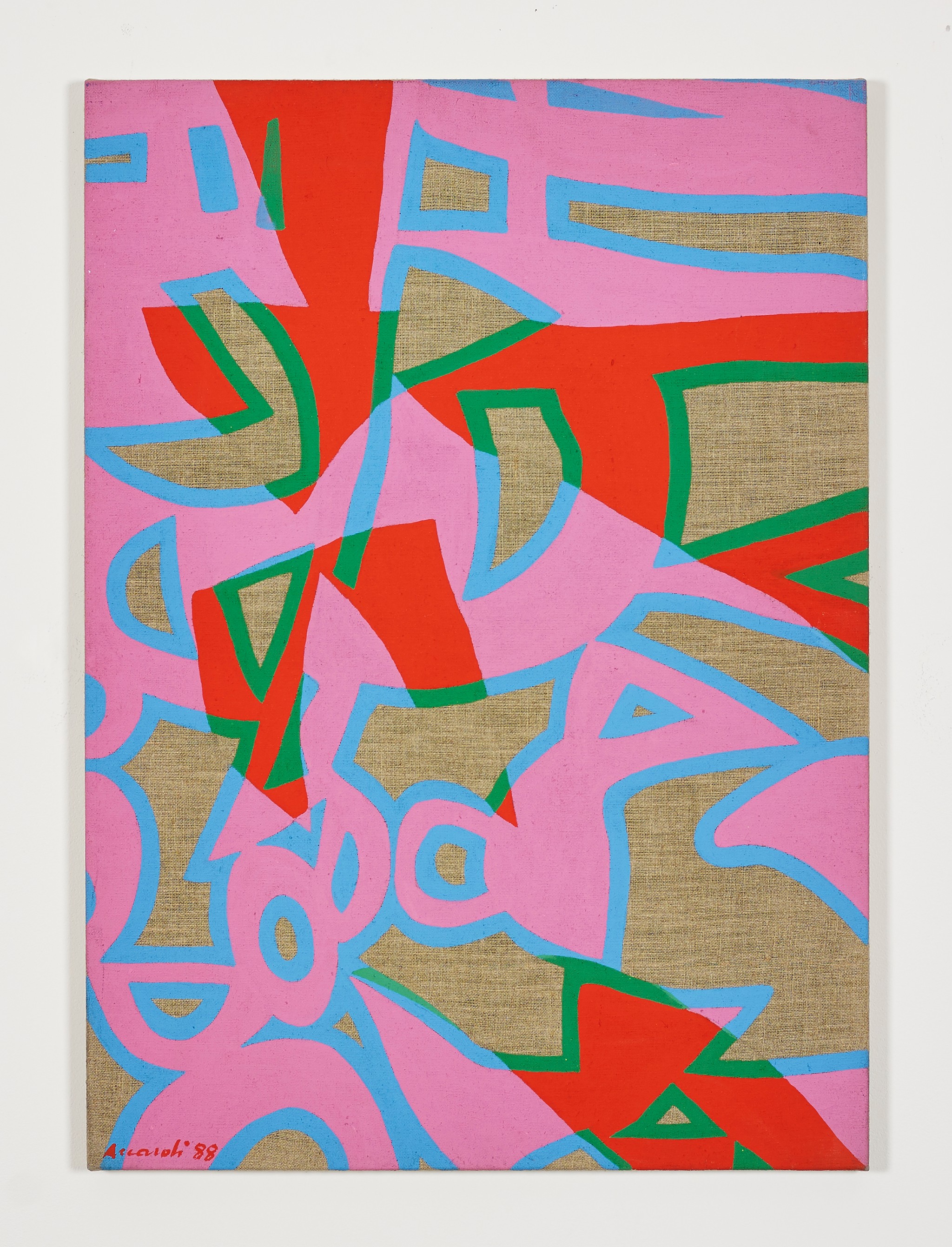

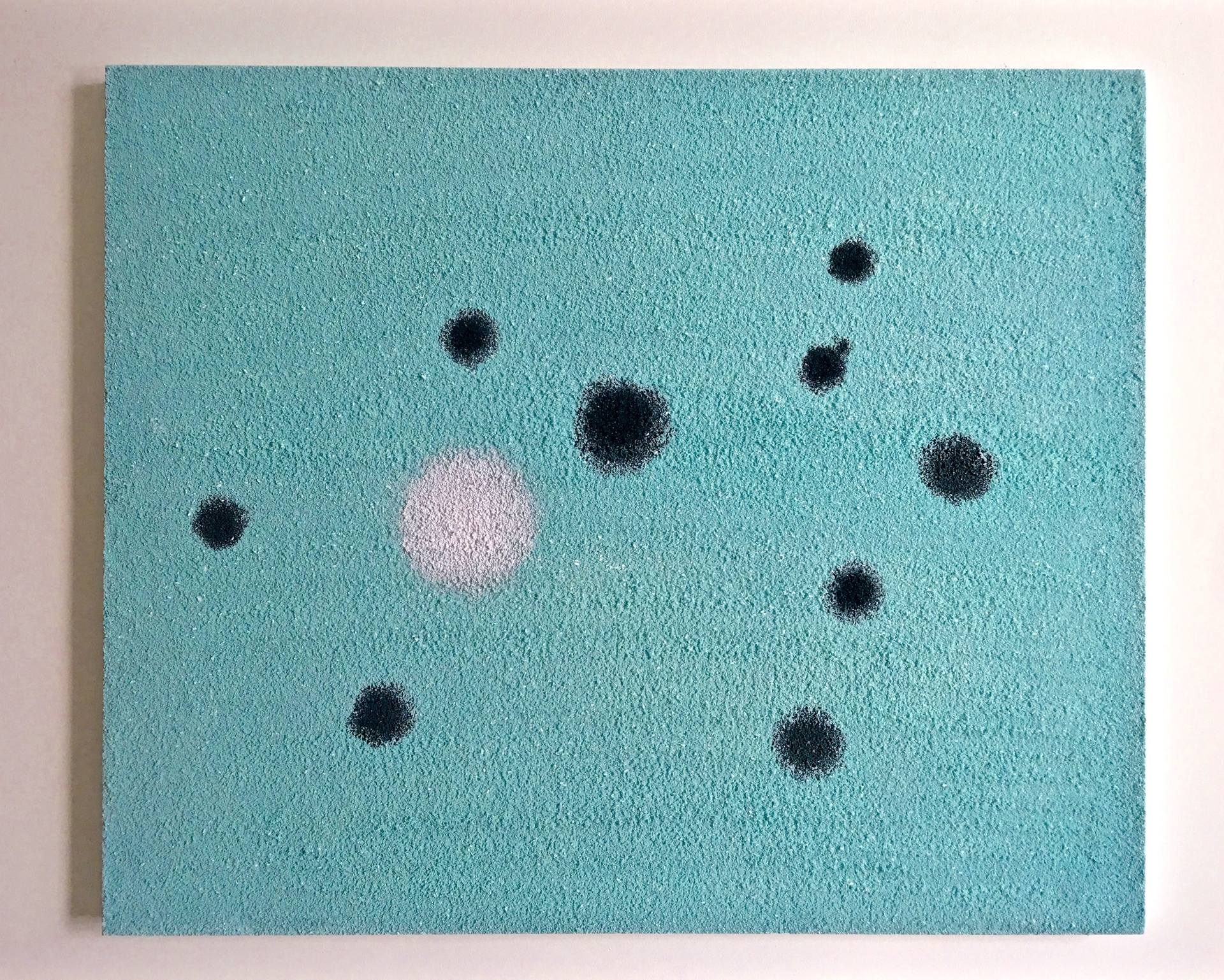



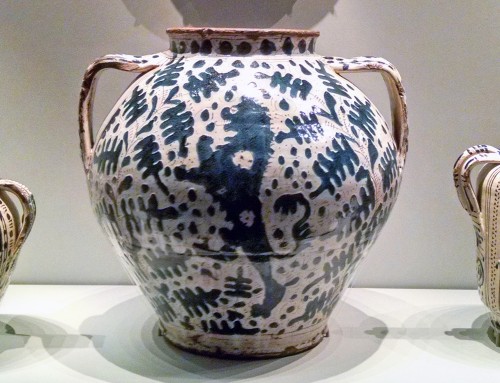
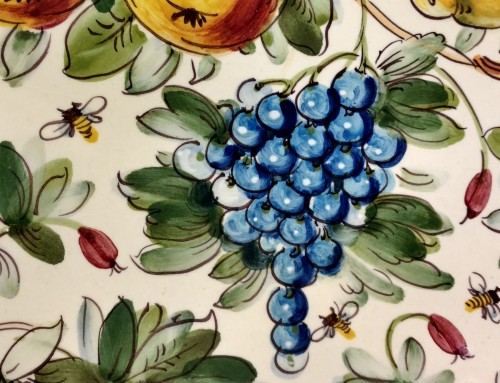

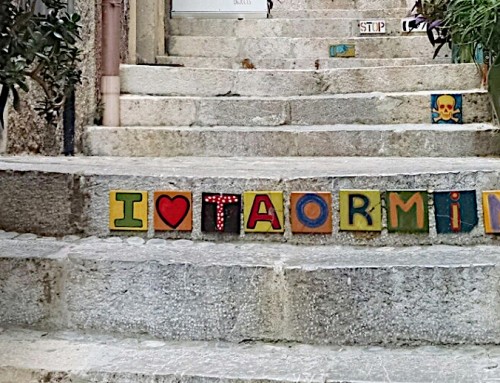






Leave A Comment
You must be logged in to post a comment.